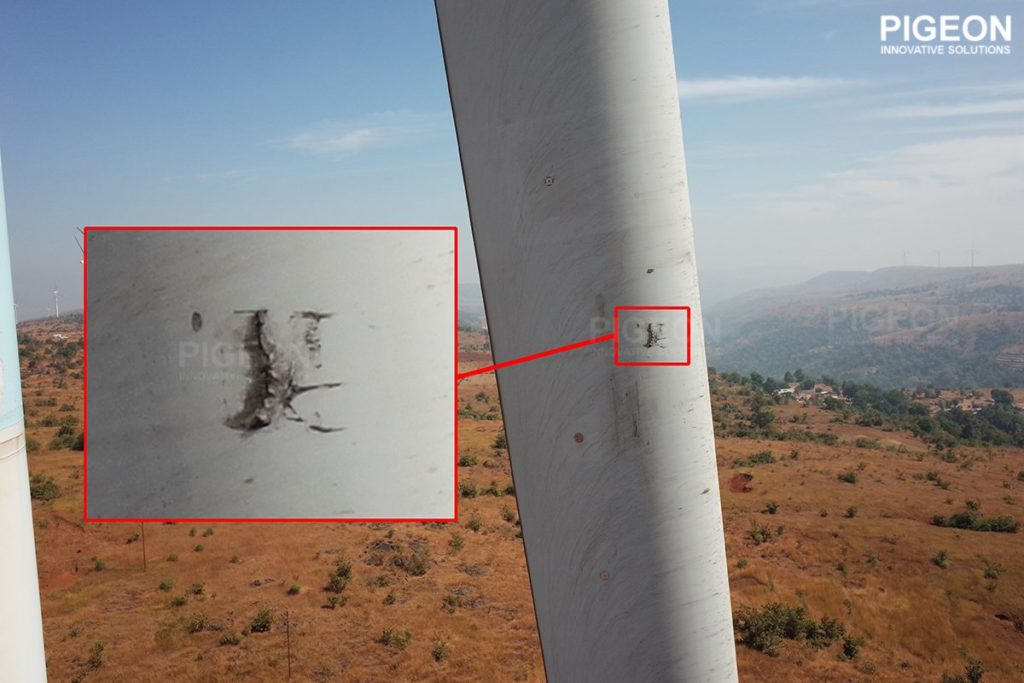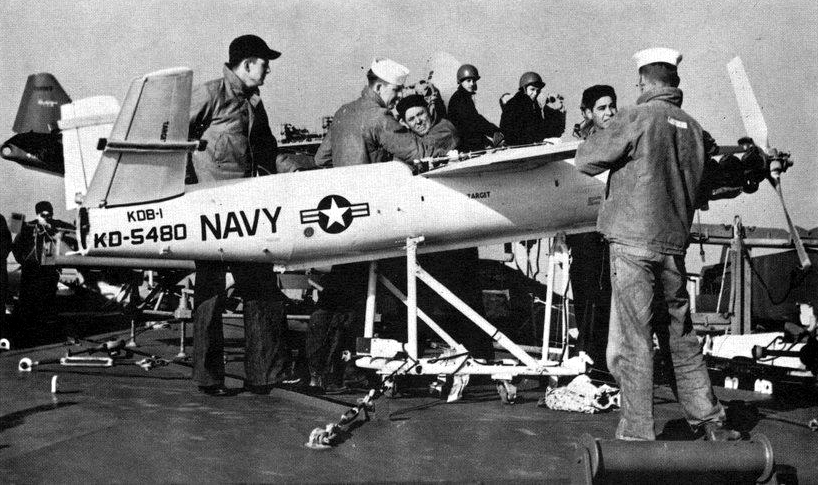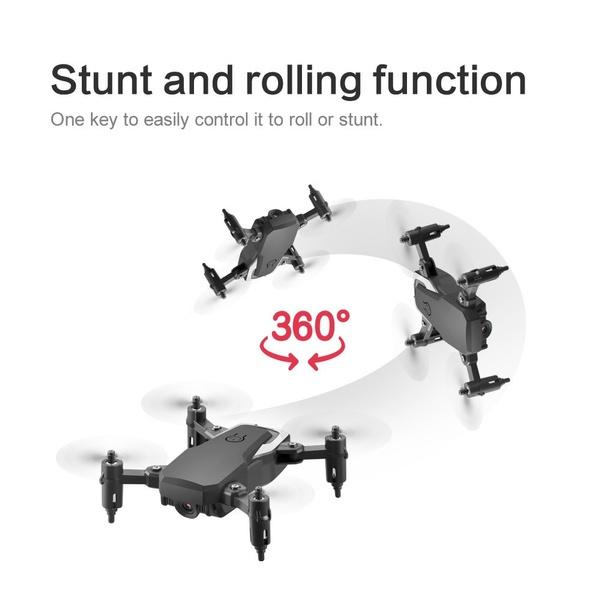
Unmanned aerial vehicles that are used to monitor crops and optimize yields are called agricultural drones. These drones are useful in many aspects of agriculture, including crop development and evaluation as well as weed control. Read on to learn more about these new technologies. It may be surprising how much money these technologies can save you. They may even allow you to make money from them! Let's see what happens! Let's find out what drones can do for agriculture.
Agricultural drones
Drones for agricultural research are a promising way to do so. However, they can be expensive. The pros of professional-grade drones include automated flight options, near-infrared camera and near-infrared sensors. These drones require special software that can be used to post-process data and plan surveys. They are not affordable for casual users. This article will discuss some of the advantages of agricultural drones. In this article, you will learn how drone technology has been used in agriculture.
Applications
There are many potential uses for agricultural drones, such as monitoring soil conditions, identifying weeds, and assessing crop yield. Drones can provide accurate mapping to farmers of the field as well as information about soil elevations which can aid in irrigation planning. Drones can also provide important information on soil nitrogen levels that can help farmers optimize fertilizer use. By providing precise data on crop health and yield, drones can save farmers time, money, and effort.

Prices
One of the major questions people have when looking into the use of drones in agriculture is what are the costs? Drones have a lower cost than other agricultural tools, and the drones themselves are relatively inexpensive. They are also very easy to maintain compared with other agricultural instruments. A spraying device will cost approximately $1,500 to purchase, as opposed the $20,000 required for a commercial sprayer. Others may have to pay extra for spare batteries and parts.
Challenges
Farmers rely on a variety of factors to determine crop health and improve yields. A growing collection of information will help farmers adapt to changing conditions and make their decisions with greater precision. Although drones have many advantages for farmers they also present a number of challenges. Many countries have yet to finalize their drone regulations. Most countries do lack sufficient personnel to control the use of drones for agriculture. Drones are becoming increasingly common, so the next few decades will likely bring new exciting agricultural applications.
Future
Many benefits can be derived from the use of drones in agriculture. They can provide more precise pesticide- and fungicide applications. Full-spectrum drones are capable of detecting soil magnesium and ammonia. This can cause crop damage. By clipping on new sensors to existing drones, growers can customize the technology to their needs. Drones can also be a great help in hard-to-reach areas. Growers can use drones to avoid costly crop failures, increase yields, and reduce production time.

FAQ
Can you fly a drone high without a licence?
The FAA does not limit the height of a drone. However, they do require you to register your unmanned aircraft system (UAS), which includes the registration number, model name, weight, size, serial number, manufacturer's name, date manufactured, and other information.
What are the rules of operation for drones?
The FAA must register your drone. The registration process involves providing information about your drone, such as its weight, size, battery power, and frequency. The FAA will issue you an identification number.
What is the law about drones flying on private property?
The FAA has recently issued new rules for commercial drone flights. These rules only apply to UAVs less than 55 lbs and lower than 400 feet above the ground. Commercial operators must register with the FAA and obtain a license from the agency. They must also obtain permission from local authorities if they plan to operate in restricted areas, such as airports.
Statistics
- Research and Markets predict a growth rate of 51.1% over the next five years. (thedroneu.com)
- According to the multiple listing service (MLS), houses and apartments with drone photographs are up to 68 percent more likely to sell than those without pictures. (thedroneu.com)
- With the top 10% making over $100/h and the bottom 10% making as low as $10/h. (dronesgator.com)
External Links
How To
How to Select the Best Drones for Photography
In this article, we explain how you can choose a good drone for your requirements. We will show you what features to look out for when purchasing a drone.
Firstly, let's start off by looking at some general tips for choosing a drone for your own use.
It is important to measure the product's size before purchasing any type of product. If you intend to take photos above ground, you'll find that a larger size camera is easier than one that's smaller. This is especially important if you are a beginner pilot. Because you are afraid to go higher, you don't want your pilot skills to be compromised.
Secondly, you'll want to look at the quality of the image sensor. The better quality of the images you are able to capture, the bigger the sensor.
Another option is to purchase a remote control. They help you track where your drone is in space and make it much easier to fly.
The last thing you need to think about is whether you want to buy a fixed or mobile mount. You can shoot stills while flying with a gimbal. It is easier to keep the gimbal steady and offers more freedom of movement. They are usually more expensive, depending on what you need.